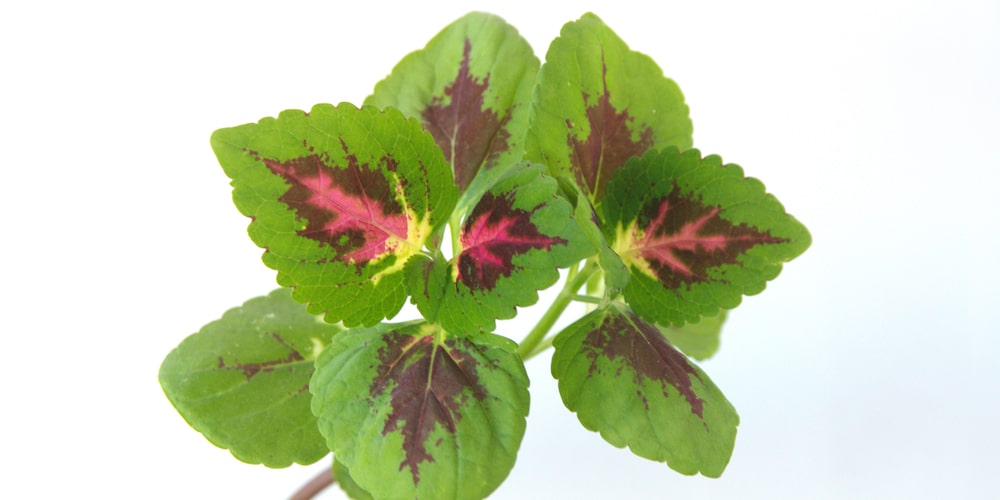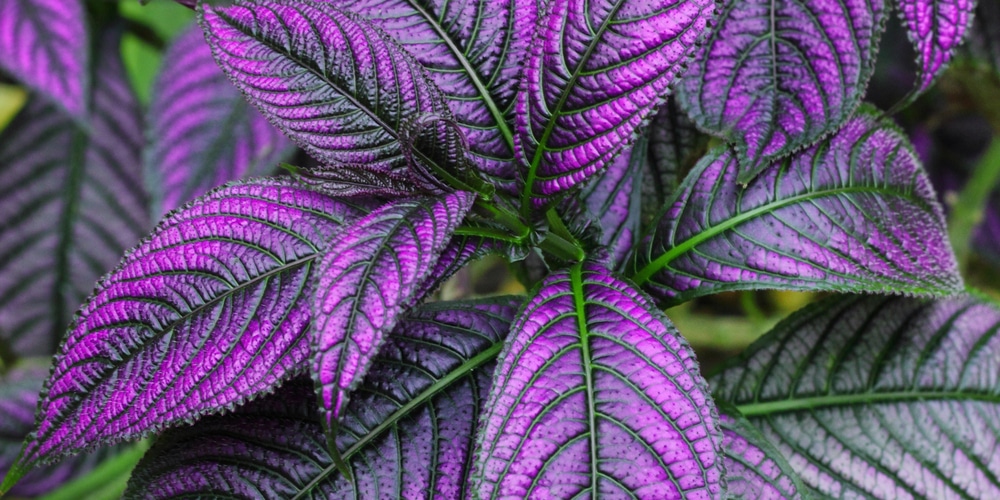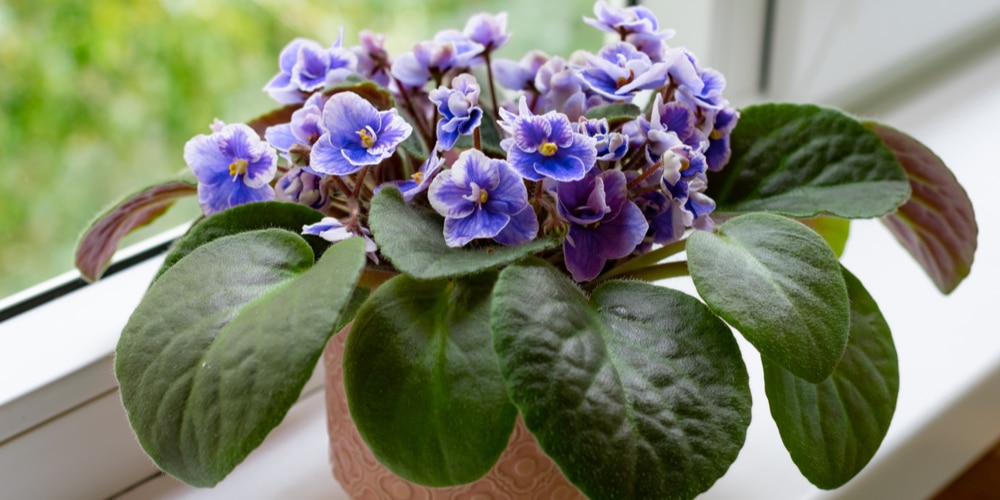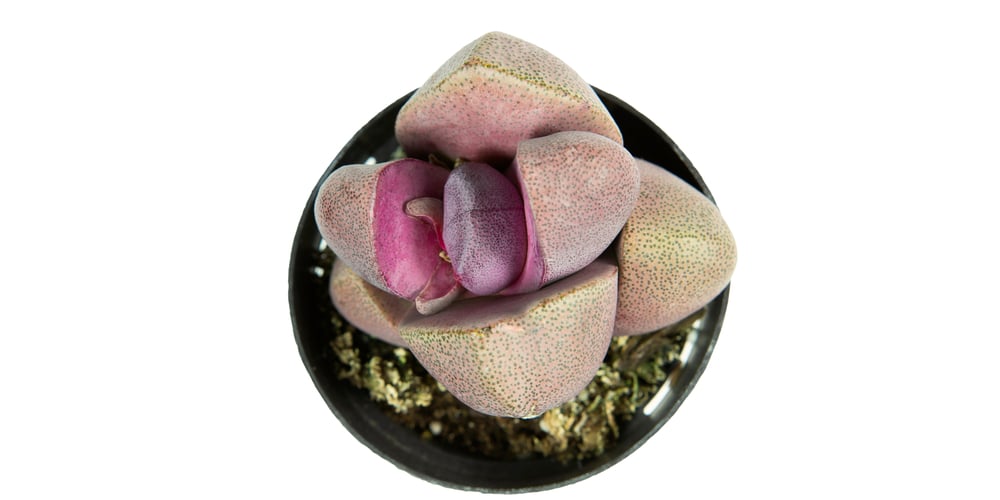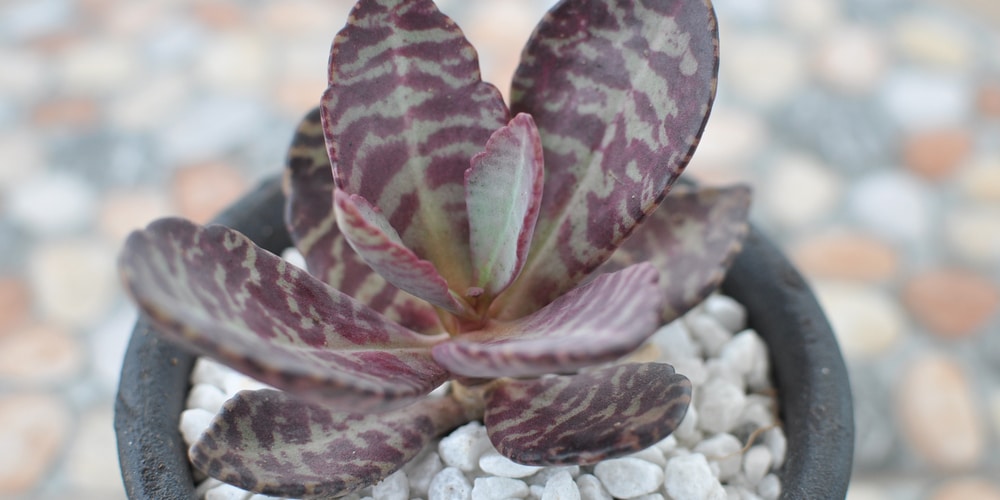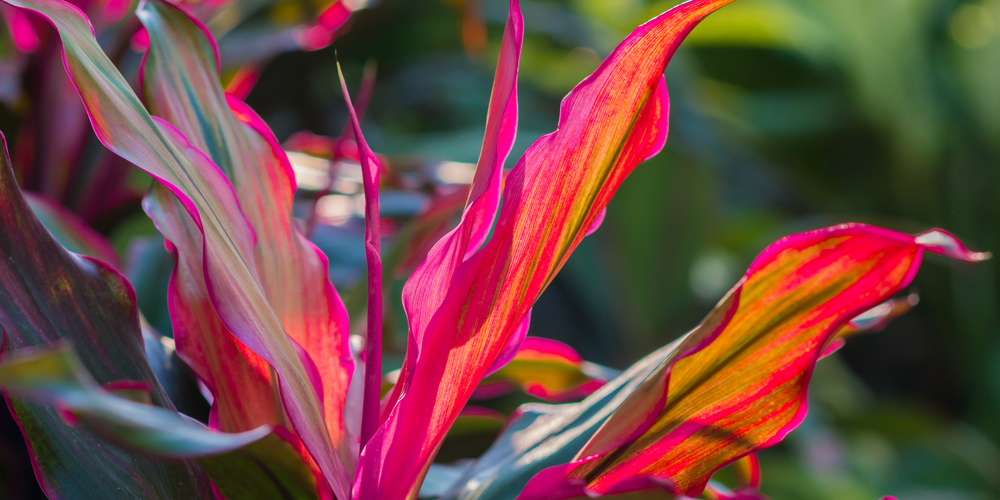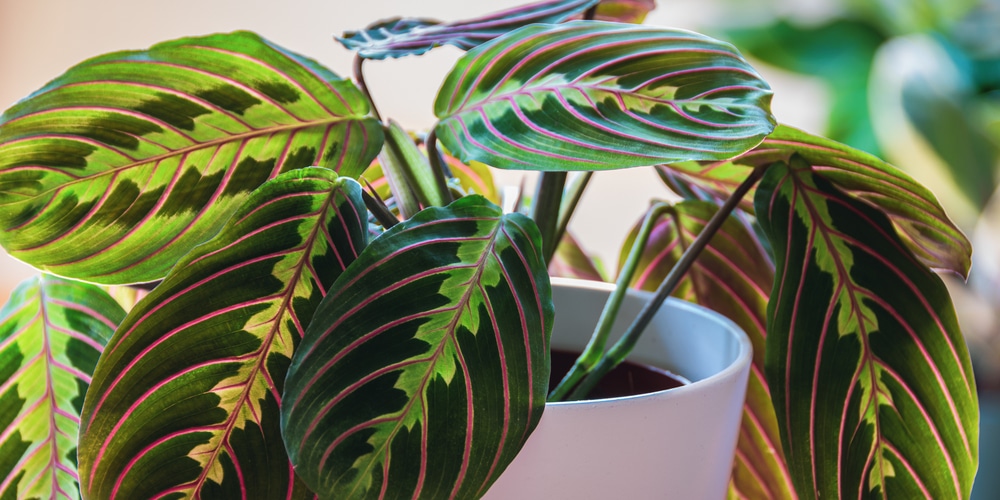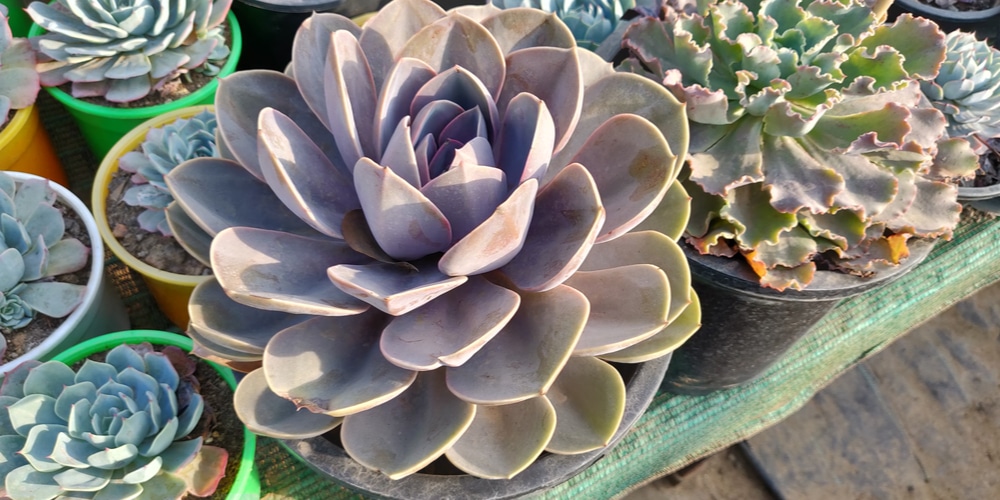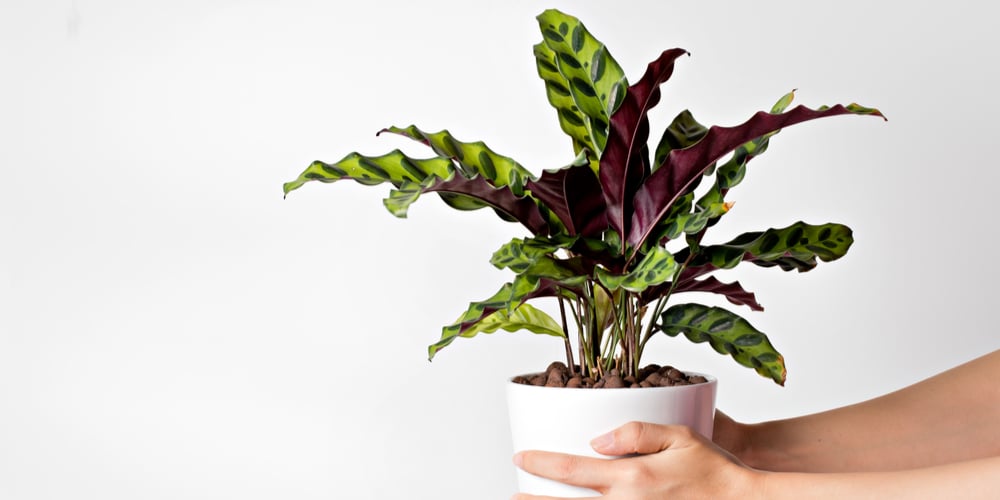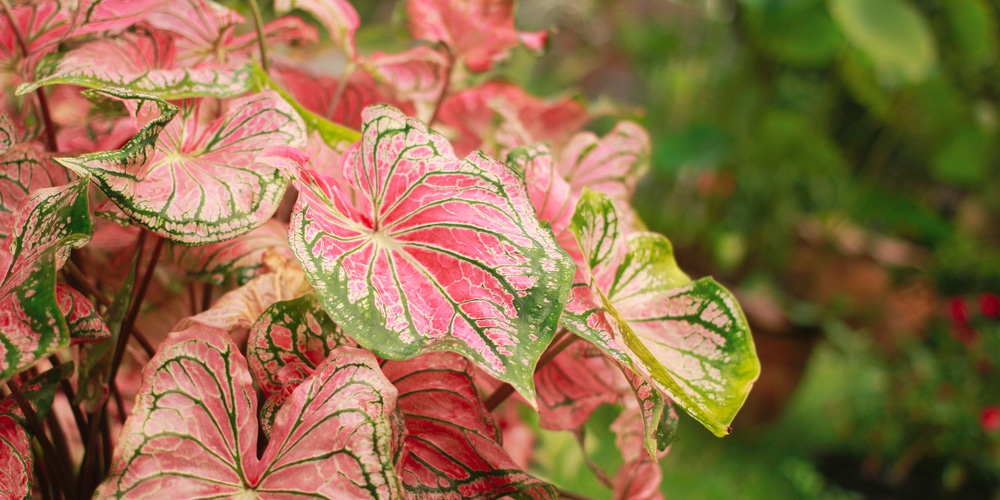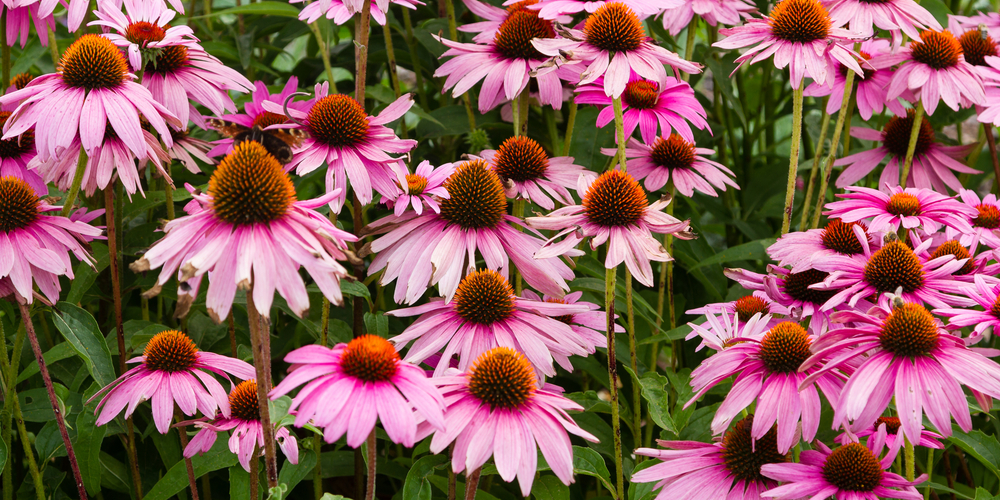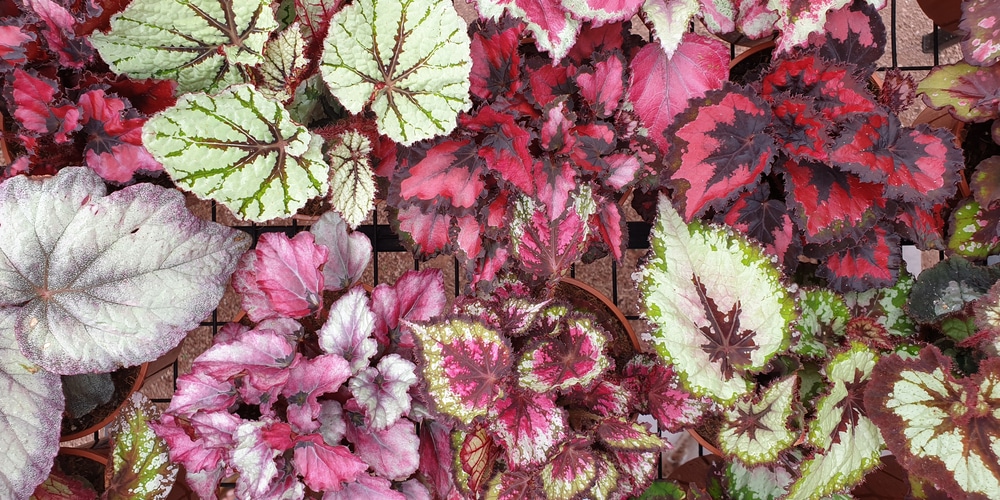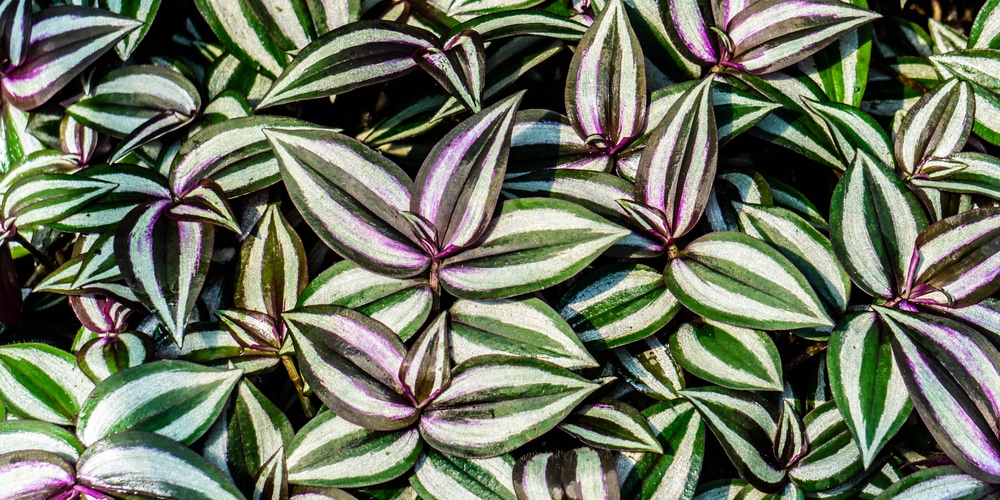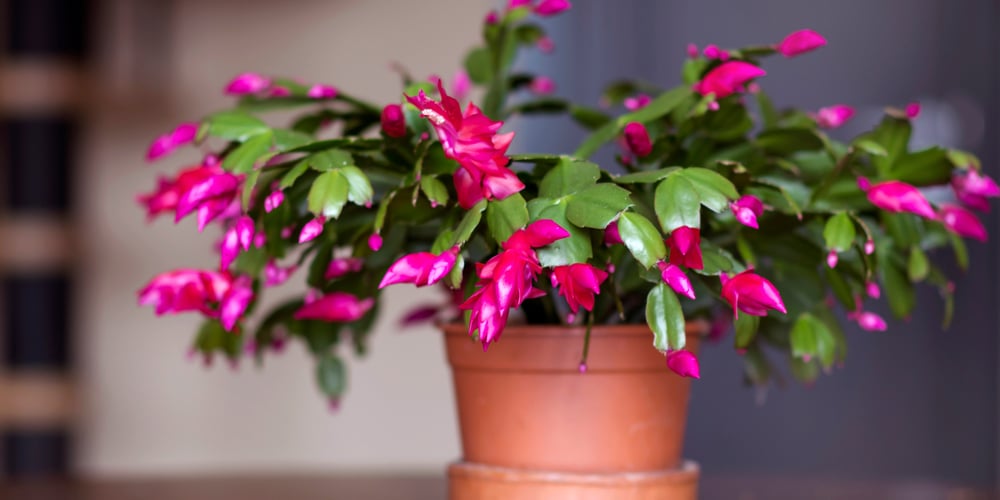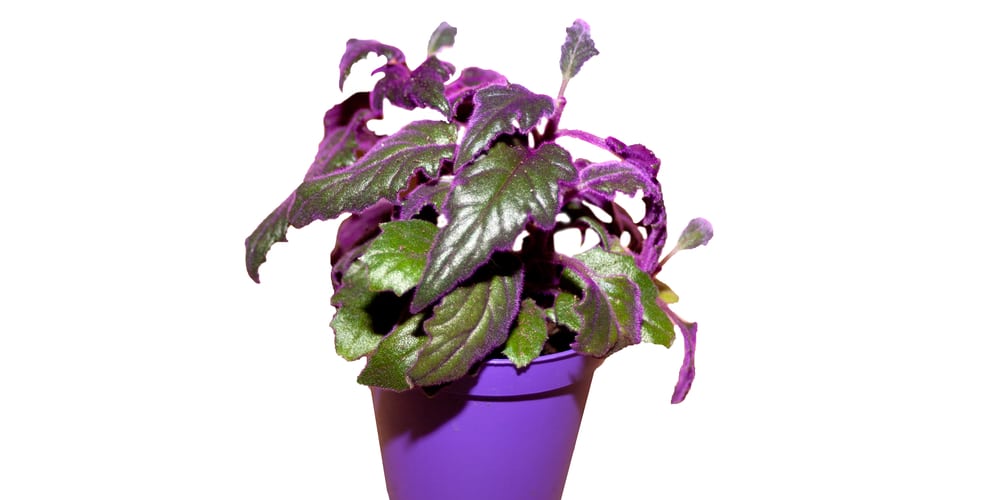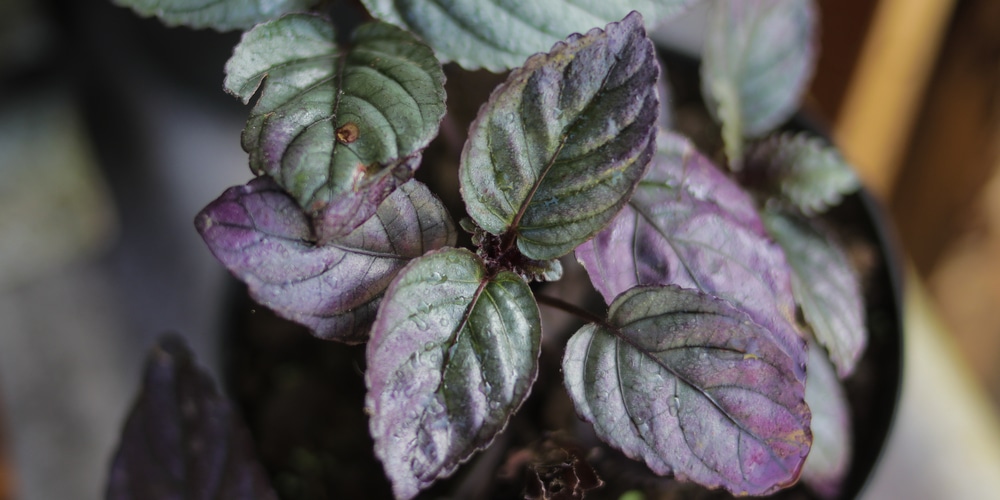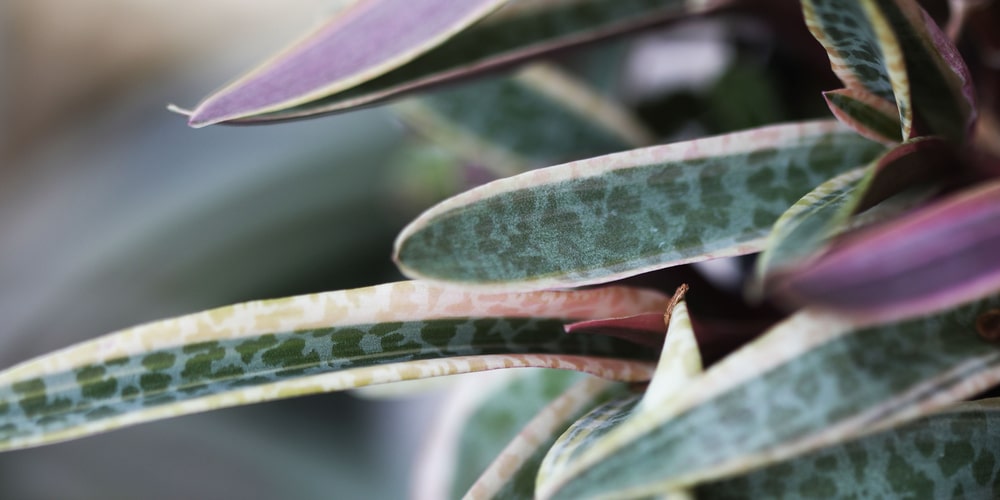Purple is a favorite color for many people. Adding a touch of purple can make your home more colourful and add to interior design. This article will look at some of the best purple indoor plants.
Purple Indoor Plants
Looking to add the color of royalty in your home? Try these purple indoor plants.
Coleus
An attention grabber through and through, coleus plants have big and bold purple leaves with neon green borders spread out in a bushy form.
It has a relatively short structure, as well as a secret surprise- to make it more vibrant, expose it to bright light! Regular watering is needed.
Persian Shield
Named as such because its foliage looks like ancient ornate shields, this plant is native to Myanmar and prefers to stay in the shade.
It’s a very beautiful purple plant to have in your home. It looks great in just about any setting, and if it’s happy it will have a superb silver sheen that makes it extra sparkly.
Purple Oxalis
Purple Oxalis is a curious indoor plant specimen with a unique foliage. The leaves appear to be fluttering butterflies that dance in the breeze, and oftentimes there are white bell-shaped flowers shooting up every now and then.
It needs a warm, humid environment and indirect light to thrive.
African Violet
A compact plant with a wonderful habit of blooming all year long, the African Violet is a joy to have in any room.
The African Violet only needs watering once in a while, and prefers bright indirect light and room temperature. Its low maintenance aspect makes it a favorite among green enthusiasts.
Royal Flush
The Royal Flush is a succulent that looks like purple yam or potatoes, with a furry outer layer and a deeper shade of purple within.
It’s tiny and adds a splash of color in any room. Instead of watering directly you can increase the environment’s humidity or possibly put it in a room that gets constant moisture, such as the bathroom.
Tiger Stripes Kalanchoe
Purple indoor plants are a dime a dozen, but nothing is more memorable than the Tiger Stripes Kalanchoe. Not only is it a purple plant, but it has showy purple-striped foliage rising up and out to impress onlookers.
All you need is a warm environment and indirect light and the succulent will be happy.
Rubber Tree
The Burgundy species of the rubber tree feature thick leaves with a purple shine and are great to have in any indoor landscape. You can put it in a room and it will immediately grab attention.
Misting is optional, but you will have to up the humidity if you want your rubber tree to thrive.
Ti Plant
The Ti Plant mostly thrives outdoors but if you’re lucky enough to have a window that gets full sun, then it becomes a viable choice.
The leaves are large and change colors from purple to green and even deep red.
Prayer Plant
This plant got its name due to its leaves ‘praying’ or folding down when night comes.
Use only filtered or distilled water when watering your prayer plant and keep the soil moist.
Greenovia
Greenovia are succulents with the shape of a rose. The leaves are light purple that border on pink, and sport symmetrical patterns. You’ll need quick-draining sandy soil and a sunny window to take care of this little one.
Calathea Rattlesnake
Calathea Rattlesnake requires a bit of care if you want to turn it into an indoor houseplant. It’s recommended that you raise the humidity to avoid curling or brown leaf edges.
When done right, the plant will reward you with vibrant red-purple leaves with white stripes.
Caladium
Caladiums might not grow flowers indoors but it does well with bright and indirect light. The leaves are large and have multi-colored aspects ranging from purple to red, as well as white and pink, among others.
The plant requires high humidity levels and a constantly moist but not soggy soil in terms of care.
Echeveria
You can find plenty of echeverias that either have purple flowers or leaves, including the Dark Prince, Afterglow and Purple Heart, just to name a few.
Succulents such as the echeveria prefer plenty of sun and medium that doesn’t hold too much water. Fortunately, they can survive a missed watering or two and summer winds.
Rex Begonia
Sometimes referred to as painted leaf or fancy leaf, Rex species are prized for their superb foliage with intricate patterns and colors. You can get one that has a deep purple shade to add to your indoor look.
It’s best to keep the Rex Begonia away from pets and children as it’s toxic.
Wandering Jew
Both regular wandering jew and its variegated form feature different shades of purple (and lilac) and are great as hanging indoor plants.
The striped patterns can vary from purple to silver or light green. To keep this plant happy you’ll want to put it in a bright location and give it a good watering every now and then.
Christmas Cactus
Christmas Cactus is a type of cactus that grows in rocks and tree barks. They’re relatively easy to grow as long as you put them in a place where they can get partial sun and warmth.
Also, it’s worthy to note that the plant is non-toxic to pets and children.
Purple Passion
With Purple Passion you don’t have to wait for your plant to flower to get the purple color. The leaves themselves are worth a look- they’re thick, velvety and tend to have a rich shade.
Purple Waffle Plant
Purple Waffles are aptly named as its foliage looks like a stack of them. The leaves have somewhat green and purple veins, and the undersides sport shiny purple hues.
Silver Squill
A perennial plant with mottled leaves sporting green and silver, the purple color you want lies in the stem. Indoors, they look absolutely stunning as the silver polka dots highlight the deep purple lying beneath.
Purple Queen
Purple Heart is different from its echeveria counterpart with the same name. It’s classified as a spiderwort species with both purple leaves and light purple flowers.
Put the Purple Queen in a window that gets full sun and it will reward you with rich purple leaves and small, yet beautiful flowers.
